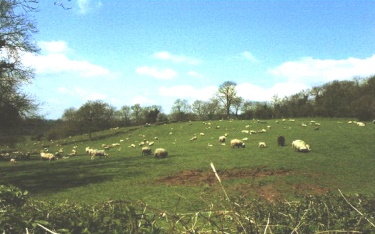
If, like me, you have a passion for our native wildlife, Wookey Hole and the surrounding countryside is delightful.
As the days get longer, and very slowly get warmer, we can notice a renewed urgency in the natural world. Right on queue this year on 14th February (Valentines Day) birds started to find mates, sing , and hold territory. Already I have Dunnocks (the misnamed Hedge ‘Sparrow’), and Mistle Thrushes (the Storm Cock) singing, and spotted woodpeckers drumming in the wood across the valley.
A Blackcap Warbler has shared my garden over the winter, and its song is a real delight. The over wintering Blackcap population usually go back to the continent to be replaced by our own birds coming up from the south but I’m hoping ‘my one’ will say.
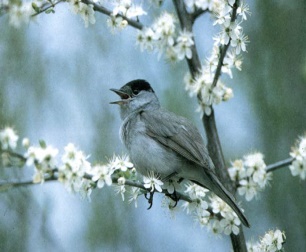
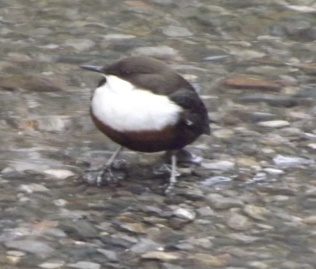
One bird that is worrying me this year is the Dipper that normally delights the upper three miles of our river Axe. They are one of the first birds to nest – but this spring, for the first time, there is no sign of them? They need shallow, fast running unpolluted streams and had been with us every year since I moved to Wookey Hole in 1990. If anyone has seen them please let me know.
Lesser Celandines one of our earliest wild flowers are already almost over, but the hedgerows and woodland edges are full of Primroses and Violets.
The Sweet Violet, Viola odarata is common locally in both violet and white forms.
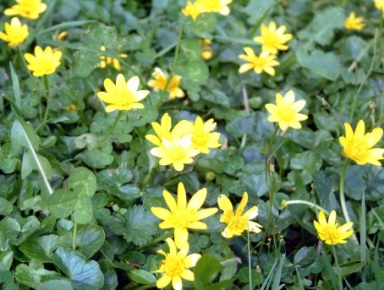
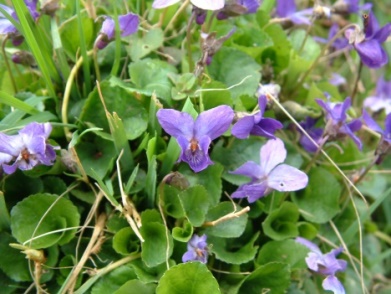
The first butterflies can be seen on the warmer days. The first I saw was a brimstone – the startling bright yellow of the male in a beam of sunlight is a shock after a dull winter. Soon I expect to see Peacocks, Small Tortoiseshells, and Red Admirals, and by April, when this newsletter comes out, there should be male Orange Tips quartering along the roadside hedges.
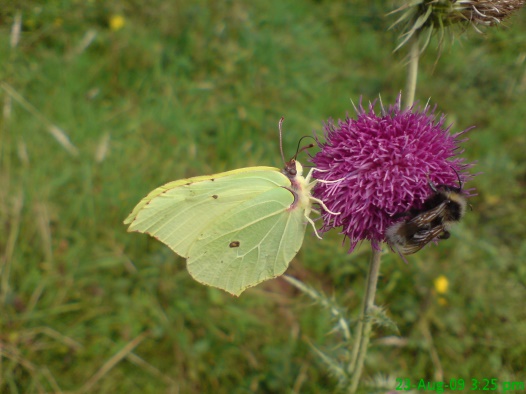
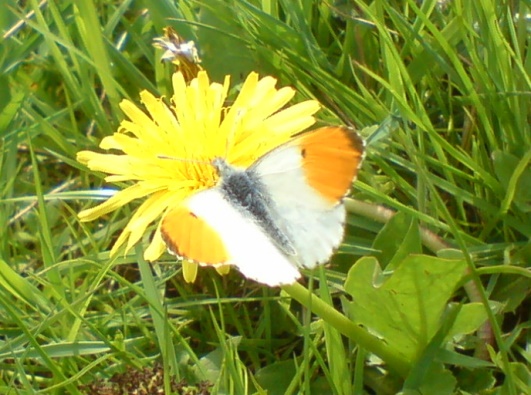
Garden Bird tip:
I am told that on an average winter up to two thirds of our ‘garden birds’ would die if it were not for people like you and I feeding them. But when birds are nesting the worst thing they could take back to their young would be white bread and peanuts and many die from congested gut. I usually tail off feeding by the end of March.
Les Cloutman
Co Chair and species recorder Wells SWT.
